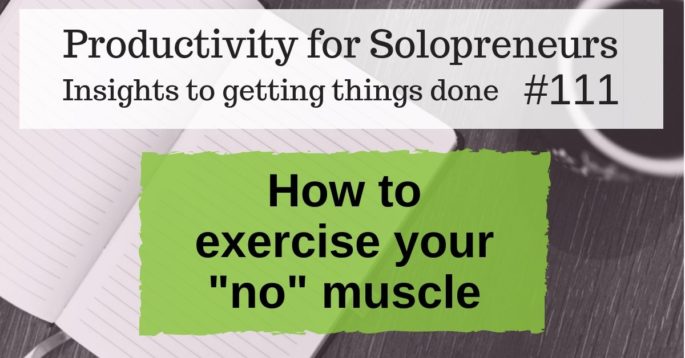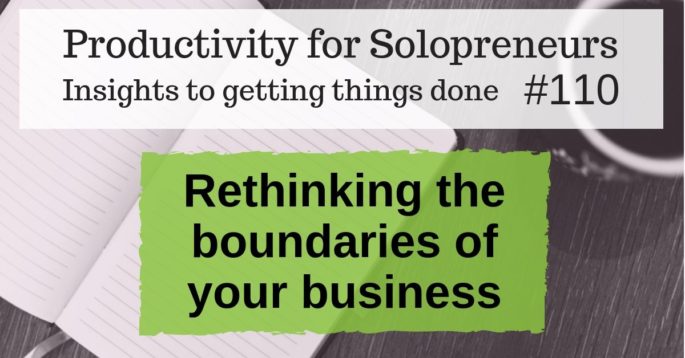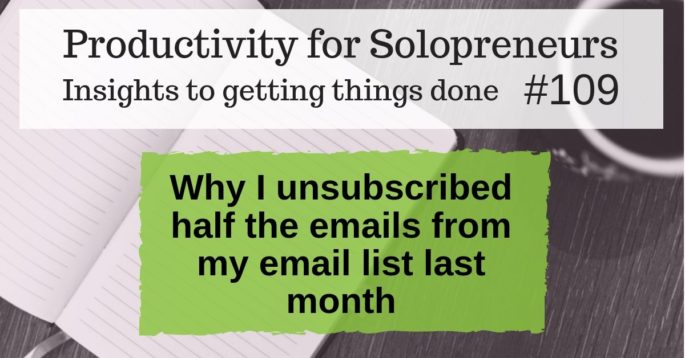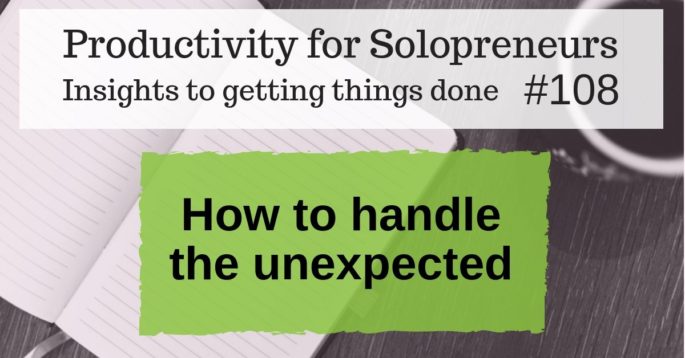“Solving problems that don’t exist.”
This is an idea that I came across a week or two ago.
When I Googled it to see if I could find where it came from, the top results were about inventions that solve problems we don’t actually have.
But that’s not the way I saw it used.
This is about those items on your to-do list that seem like a good idea, but you actually don’t need to do—it solves a problem, but the problem doesn’t actually exist for you.
I’m guilty of this.
A couple of weeks ago I spent at least a couple of hours updating the passwords that my password manager app told me were either duplicates or not good passwords.
95% of the sites I was changing passwords on were sites that I rarely use, have no important information stored with them, and if they did get hacked it wouldn’t have been an issue.
It wasn’t a good use of my time.
Those sites didn’t actually need their passwords updated.
I was solving a problem that didn’t actually exist.
Instead of spending time on that, I could have been making phone calls, emailing people, or any number of things that are actually important for my business.
So, I encourage you to look at your to-do list for today or this week and make note of the things that solve problems that don’t exist OR that can be done after the tasks that are actually important for your business.
And then, instead of doing them, do the things that are important for your business instead.
When I do this to my to-do list I instantly have a slew of reasons pop into my head about why those things need to be done.
For the above-mentioned password updating it was “but now that app doesn’t complain nearly as much as it did about passwords” or “now my security score is so much better!”
Those things didn’t actually cost me any time before I changed it. They weren’t important.
For some of the other things on my list, it’s thoughts like “but getting those things off my list will feel really good” or “these things can be knocked off my to-do list quickly” or “they’ve been on my list to do for a while now, I should do them”.
But they don’t need to be done. Nothing will be negatively impacted if I do them next week or next month.
What are those things for you?
What are your tasks that really do need to be done?
And if everything feels like it’s important and needs to be done, reach out and let’s talk. The easiest way to do that is to leave a comment or fill out the Contact Me form here.





